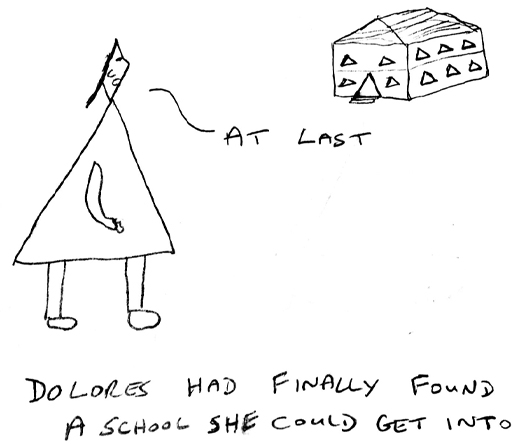2 In this together
A key element of effective inclusive provision is that the teacher community collaborate around:
- a shared model of how children learn
- a shared philosophy of respecting everyone in the class
- a focus on everyone’s learning, including that of the adults (Rix et al, 2009).
Sharing values is never certain, however, and neither is collaboration. Perhaps it is not surprising that there is much confusion over what the term ‘collaboration’ means as well as little robust research into its impact and effective delivery. What research there is suggests that its implementation is inconsistent (Kennedy & Stewart 2011) or limited (Salter et al, 2017).
Developing the capacity to relate to each other is not a simple matter. There is no unified agreement about what it involves. For example, in a study examining how collaboration was framed by special education programmes for US teachers (Brownell, Ross, Colón, & McCallum, 2005), half took a traditional, special education style, competency-based approach and the rest sought a collective examination of multiple knowledge bases. In another US study of teacher education programmes, they concluded that many of the problems related to collaboration were evident and exacerbated by the relationship between special and general education training. This study recognised that the differences and limitations in training meant many would see collaboration as merely an adjustment to practice rather than as a more profound shift in shared values and ways of working (McKenzie, 2009). It is also important to consider collaboration with a wider community too. In nearly every country there is a need for schools to work with people from health, social care, youth services and so forth. This is set against widespread evidence of deeply entrenched professional boundaries and the need to manage different professional languages across communities (Rix et al, 2013).
Activity 3: Is it just us?
Consider how people understand the process of working together. Watch this video that presents a model of collaboration in the classroom, one they call Co-Teaching. As you watch consider:
- How are the practitioners labelled?
- What knowledge does it suggest the practitioners need?
- Is the film saying some children are not suited to co-teaching? What are your views on this?
- What views of learning do you recognise in the film?
- What opportunities for leadership do you think are evident in this kind of model of co-teaching?
- Is this your understanding of collaboration in the class room? How do you envisage working and leading in a collaborative class?
Comment
The system required practitioners to be licensed, and there was a suggestion that staff will either come with subject expertise or expertise in relation to special education. This seems to support the divide between ‘types’ of teachers. Experience from other countries would suggest that this mindset will work against collaboration. You might have been surprised to learn co-teaching is deemed to be for some children only, but this seemed to be explained by a belief that you can slot children into a continuum and that support is based upon an individualised notion of need. In many ways, co-teaching is presented here as a collaborative way of delivering traditional knowledge, which is ironic since co-teaching is widely regarded as a flexible approach which is responsive to the diversity of pupils and the learning context. The aims of the whole system represented in the video also seemed to constrain what was possible. There was a focus upon results, academic skills and career goals, for example, while the clear definition of roles reinforced hierarchical relationships even though the video talked about the sharing of expertise.


